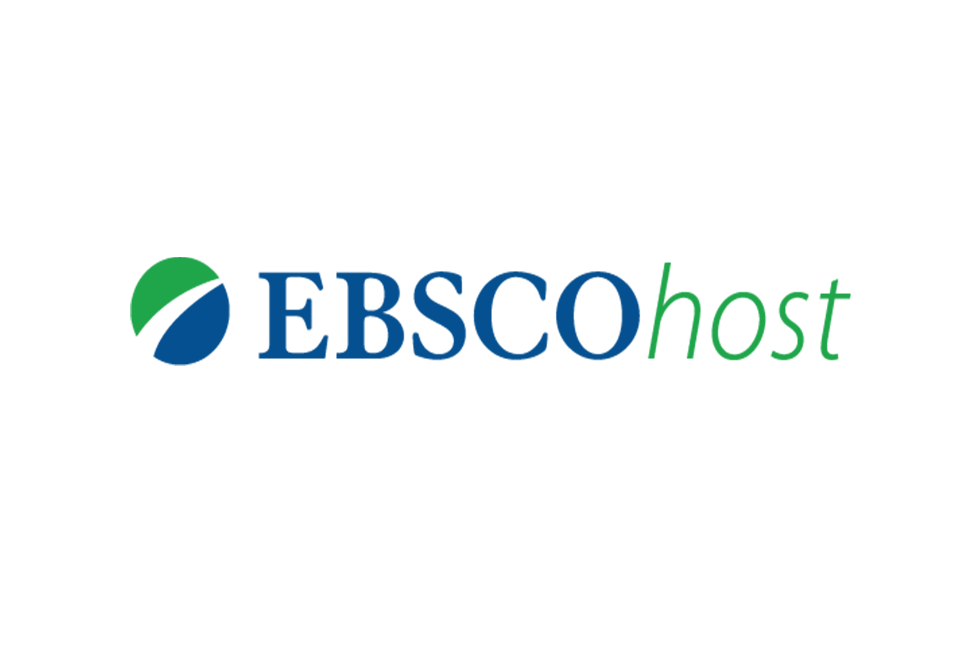2790-9441







MLA International Bibliography
MLA Directory of Periodicals
ProQuest
ICI World of Journals
Index Copernicus
CrossRef
Google Scholar
Gale-Cengage
ROAD
OpenAIRE
ORE Directory
J-Gate
BASE
Jessica Dheskali
Technische Universität Chemnitz, Germany
Abstract
Learning a second language is a process of acquiring, comprehending, and using linguistic patterns of a foreign language. (Nordquist, 2019) The language that is often used in this process is called interlanguage. This paper takes a closer look at the interlanguage of Chinese students and investigates semantic features of the verb promote found in Chinese student writings in English. The basis for this comparative corpus-based analysis is provided by a corpus of 303 Chinese master theses (5,063,473 words) and 112 Chinese doctoral theses (5,297,278 words), all written in English in Cultural Studies, Linguistics, Literature and Second Language Acquisition. An interlanguage analysis was carried out with the main aim being to describe, categorize and compare the semantics of promote. The results indicate that several uses are influenced by the author’s L1 and that both groups of students employ promote which usually lifts actions, characteristics, and aspects higher than would be expected. It was used slightly more often by doctoral students, and it was found that “contributing to the growth or improvement of something” and “encouraging others to do certain actions” are among the main meanings. Further, some syntactical structures have been found to be an interlanguage use of promote and probably unique for Chinese students. It is suggested that such uses are pointed out to the students by pedagogues to improve their L2 and competitiveness in the academia.
Keywords
Chinese student writings, interlanguage analysis, corpus-based research, learner language, data-driven research